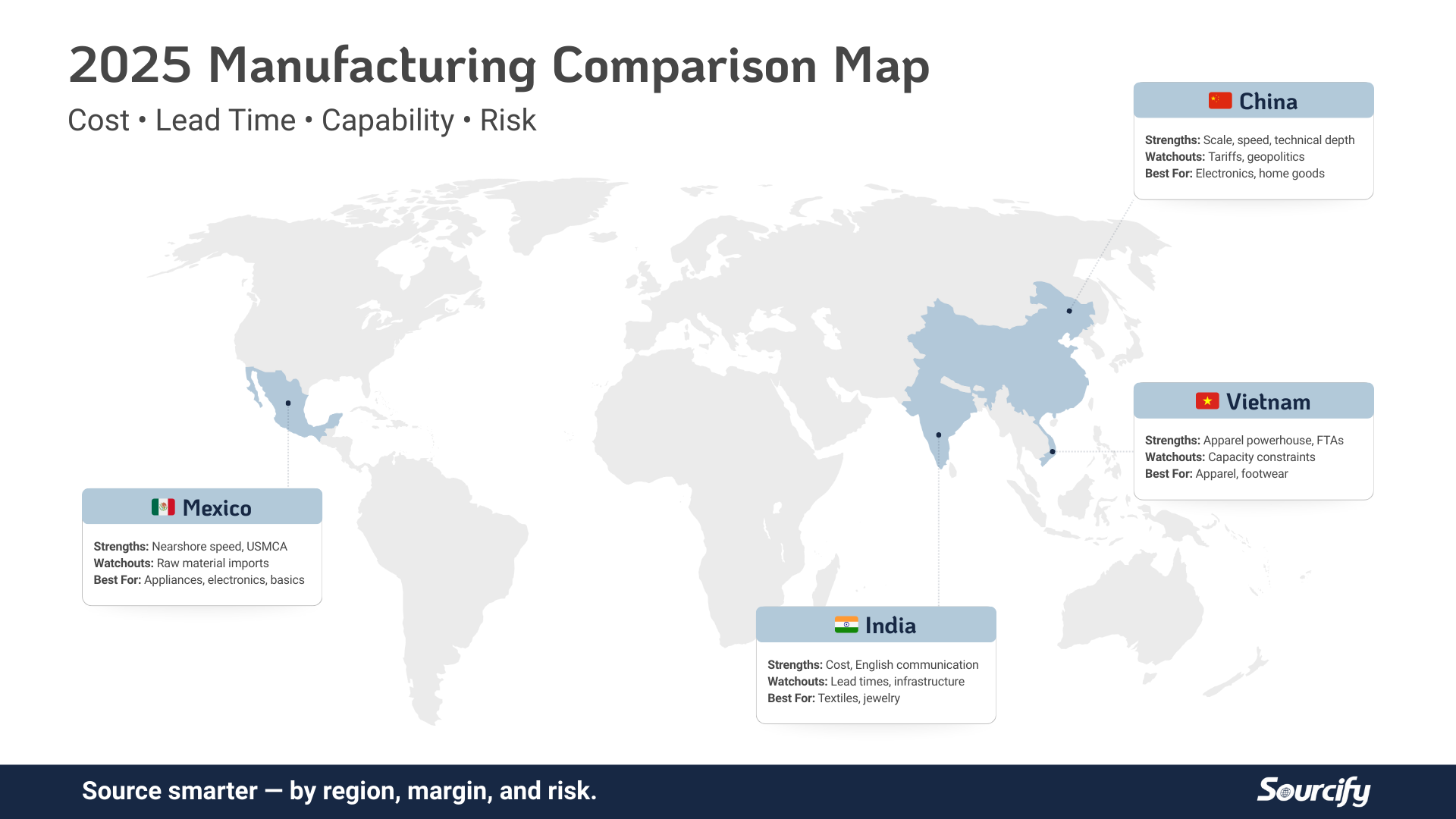Without a good supply chain, your e-commerce business is nothing. Seriously, even if the rest of your business is solid, it will undoubtedly fail without a functional supply chain.
Sourcing, making and delivering your product is the backbone of your bottom line. To make sure your business stays viable and can thrive, you must regularly evaluate the health of your supply chain and develop plans to increase its performance.
1) Synergistic Planning
When evaluating your supply chain, you need to work across departments. If you want your e-commerce store to thrive, your supply chain’s strategic plan and growth strategy should be created by a variety of departments, from sales to finance.
When various parts of your business are on the same page regarding the supply chain, its overall quality and operations will improve. For instance, your marketing team needs to communicate with your inventory management group to forecast customer demand and upcoming promotions so the production capacities and planning are in place to supply the right amount of product.
2) Fulfillment Centers
Amazon has more than 75 fulfillment centers across the United States. The company’s strategically placed its centers in areas that are close to main metropolitan areas where many orders are fulfilled, reducing shipping costs and improving order delivery times.
As Amazon exhibits, one of the best ways to improve your supply chain is to have multiple fulfillment centers. When you are trying to improve your e-commerce store, consider creating two fulfillment centers—one closer to the West Coast and another closer to the East Coast. With two centers near the coasts, you’ll be able to reach your United States customers quickly and efficiently.
3) The Triple Bottom Line
When it comes to the modern business landscape, companies should always have the triple bottom line in mind—people, profit and the planet. Customers care about sustainability and the way companies treat their employees. To appease customers, make sure your supply chain is striving to become more socially and environmentally conscious.
As you look at your product materials, see if there are any more sustainable ways to obtain them. Make sure your manufacturer is treating its workers fairly and safely. Then, tell your customers about your efforts. If you’re doing the hard work to make your supply chain more green, your marketing team should be communicating your efforts to your customers.
That said, stay practical. There are trade-offs between sustainability and cost. For example, if you’re too focused on sustainability and you overemphasis going green, you might find that your costs rise in an unsustainable way, which will ultimately decrease production and hurt sales.
4) Outsource
You’ve likely considered having an overseas factory create your products, but what about the other parts of your supply chain? One fast way to improve your supply chain is to outsource parts of it that distract from your core business operations.
For example, you might hire an outside company to run the data and analytics of your supply chain so you won’t have to hire a full-time data analysis team. If you’re in a growing pattern where you don’t know if you should hire an outside team or build your own in-house, you might benefit from seeing what supply chain management software is available for your industry.
I short, when you think of outsourcing, you need to think about more than products. Every part of your supply chain should be considered and expertise should be brought in where advantageous.
5) Improve Returns
It’s easy to forget about your returns and how they are part of supply chain management. Ideally, the customer who gets the product will keep it, but there is a chance he or she will send it back. When this happens, there needs to be a strong plan in place to quickly reprocess and resell the product (if possible).
Focusing on the products going out the door is important, but processing returns is also paramount to success. By investing more time and strategy into improving your returns process, you can create a stronger, more efficient e-commerce supply chain.
6) Choose KPIs Wisely
Supply chain key performance indicators (KPI) vary widely depending on the industry. To properly measure how effectively your supply chain is operating, you need to have the right KPIs in mind. While some KPIs are a no brainer, like fill rate and customer order cycle time, you should evaluate your company’s value proposition and unique positioning to thoroughly evaluate its success.
Also, regardless of your industry, you should be measuring perfect order. A perfect order is one that ships without incidents, such as a damaged order, inaccurate order or late shipment. The higher your perfect order rate, the better your bottom line, overall efficiency and customer satisfaction.
7) Plan Ahead
It’d be a mistake to end this article without discussing asset utilization during busy quarters.
Q4 is well underway, and holiday e-commerce shopping is booming. To keep up with sales demands, many companies buy new assets, like vehicles. During the holidays, these assets might be used a lot within 24 hours, but what about after the sales rush slows?
To improve your supply chain, make sure you’re planning for peak business times and managing your assets accordingly. You might want to rent additional warehouse space or vehicles for a month or two at the end of the year to keep up with demand. To accomplish this, you must plan ahead because other businesses will also have the same supply chain needs and rentable assets could quickly disappear or become overly costly.
This Is Just the Beginning …
When it comes to making it as an e-commerce company, your supply chain should be one of the top—if not the main—focuses. Your product development, sourcing, creation, logistics, shipping and more need to be optimized if you want to have the most successful, efficient supply chain possible.
Although the tips above are a good place to start, they are just a jumping-off point. The seven aforementioned tips will provide a solid base, but more work and strategy must follow if you really want to succeed.




